We’ve all seen the solar lights that are usually used outside to light up pathways, patios, and lawns. Those lights are really awesome. They help us reduce our carbon footprint on the planet and save a lot of cash in the long run.
You see, outdoor solar lights are independent of the grid, meaning you won’t need to spend even a dime on electricity bills. And you get to illuminate your exterior environment properly. This gives you a cost-effective way of scaring away intruders and enhancing your landscape’s beauty.
But then, since solar lights draw energy from the sun and typically work outside, are they going to work inside your home?
People who don’t know much about solar lights tend to believe they’re only practical in sun-kissed areas. But that’s a misconception! You can use solar lights indoors if you install them in a place where they receive sunlight regularly, or if there’s an artificial light source within reach.
For starters, it’s important to know how solar lights work in the first place. This will help you when planning to use solar lights in your home.
How Do Solar Lights Work?
Solar-powered systems work by photovoltaic energy conversion. The black solar panel on top of the lamps consists of photovoltaic cells for capturing energy from the sun. It then converts the sun-generated energy to DC current to be stored inside the solar light batteries. The current stored in the battery powers up the solar light bulb after sunset.
Of course, the solar lighting system is much more complicated than this simplified outlook. But at this point, all you need to know are the basics of solar lights and how they work.
Solar lighting devices need to get direct sun exposure for 4-6 hours a day for best results. It would be best if you positioned the solar panel away from shadows to benefit the most from the sun’s rays.
A standard outdoor solar light can run all night long on a single full charge. The more robust solar street light can provide lighting for 5-7 days even on cloudy days. Charging the solar street lights only takes 6-8 hours to complete.
Time-Saving Tips on How to Use Solar Lights Indoor
Charge Solar Lights with Limited or Indirect Sunlight
Technically speaking, charging solar panels through windows qualifies as sun-charging. However, it’s indoor charging because there’s limited or indirect sunlight entering the house.
You must place the PV solar cell directly facing the sun for the fastest, most effective charging. Also, be sure there are no blockages in the window sill so that the solar light receptors can effectively receive, convert, and store energy.
Another way to charge solar light indoors with indirect sunlight is to use mirrors to redirect the sun’s rays. If you place solar panels in a shadowed area, use a mirror to reflect the sun’s rays onto the PV cells on the panel. For the solar lights to receive as much sunlight as possible, use mirrors twice bigger than the solar panel.
It is worth noting that using mirrors isn’t always a viable solution because the sun changes position throughout the day. This basically means that you’ll need to keep changing the angle and position of mirrors to ensure the sun’s rays fall on the solar panels. If you’re willing to reposition the mirrors numerous times throughout the day, this solution could work for you.
Charge Solar Lights with Incandescent Light
You can use artificial lighting bulbs to charge your solar lights indoors. Strong artificial light sources like incandescent bulbs can be an excellent substitute for direct sunlight. When you use incandescent bulbs, solar lights won’t tell if it’s sunlight or a different light source.
Ideally, incandescent lights deliver the same wavelengths and spectrum as rays produced by the sun. This means that these lights can be used to charge solar lights when the sun is not there. Incandescent lights can be used to charge any solar-powered device, such as solar flashlights and solar watches.
Because light receptors inside the solar panels can pick up light from a source other than sunlight, they respond very well to incandescent bulbs. Solar light receptors effectively absorb incandescent light and store it in the battery. These receptors are so powerful that they can capture even the fewest light linings and convert those into energy.
It would be best if you placed the incandescent bulb about 20 inches away from the solar panel’s face for PV cell receptors to capture light. Know that incandescent bulbs are less powerful at charging solar cells than direct sunlight and will take longer to charge. The reason is that incandescent bulbs need power to generate light, unlike solar charging that requires only the sun’s energy.
The length of time to charge the solar light using incandescent may vary depending upon the bulb’s wattage. A 40W bulb can deliver a full charge in 12 hours, while a 100W one can do the same in 6 hours.
Charge Solar Lights with LED Lights
Another clever trick to charge solar panels is by using LED lights. LED lights are great substitutes for incandescent lights and will render pretty much the same result. Because the LED light’s infrared waves and UV proportions imitate those of the sunlight, LEDs can come in handy when the sun is not available.
Nevertheless, charging solar lights with LEDs comes with its fair share of shortcomings. The light waves produced by LED lights aren’t quite similar to sunlight or incandescent light.
As a result, it won’t be as fast or efficient to charge solar panels with LED lights. You might also need more LEDs to charge the solar light than you would with incandescent. The good news is that LED lights cover a more extensive range of spectrum and are better than incandescent bulbs in that respect.
When charging the solar panel with LED light, aiming for a higher wattage is ideal. A wattage that’s closer to 100 renders pretty much the same result as the sun or incandescent. Be sure to charge the solar panel for at least 10 hours while using LED light.
Charge Solar Lights with Electricity
Some solar LED lights come with cords and chargers and can be charged using power banks or standard electricity from the grid. As such, you can plug the lights into wall sockets or power banks to charge.
This alternative charging method will work whether there’s enough sunlight to charge batteries or not. On the flip side, this option consumes electrical energy and might cost you more money than the other options on this list. So if you’re all about going green, you might want to consider the previous options.
Actually, this option might be ideal if you need convenience or you have no other alternative. The truth is that electrical energy is highly efficient, allowing you to charge the solar lights faster and more effectively. You also get to enjoy a brighter light level in an instant.
Using electric power to charge the lights proves handy in many situations. For example, suppose you’re going out for a camping night, and you’ll be using solar camping lanterns there.
In that case, you’ll want to have the solar lights fully charged before leaving the house. If the sun’s energy is insufficient to charge the solar panel during that day, using electricity might be of great service.
Why Use Solar Lights Indoors?
They’re Energy-Saving
Electricity bills are increasingly becoming expensive with every passing day. But when you equip your home with solar-powered lights, it will shave a few dollars off your monthly energy bills. Fully charged solar light batteries can provide lighting all night long, giving you the option to save an insane amount in the long run.
They’re Eco-Friendly
Using solar lights reduces your carbon footprint and contributes to fighting that hole in the ozone layer. Solar energy‘s reputation continues to increase as more and more people continue to become environmentally friendly. These lights enable you to light up your household without disturbing the environment.
They’re Perfect During Emergency Power Blackouts
If you live in a region with severe storms, you know that blackouts can be a horrible scenario. When grid-powered lights go off, you can be left in darkness for days.
Even though oil lamps and candles can be handy during blackouts, they need constant monitoring as they can cause serious fire hazards. Solar lights are a safer option that serves as a backup light for your home during emergency blackout situations.
They’re Easy to Install
You can install indoor solar lights without any professional help. You can use screws to mount them on walls for exceptional accessibility. You can also use hooks to fix the lights anywhere you wish. With solar lights, you don’t need to buy any expensive wires or hire an electrician. What’s more, they’re easy and quick to remove when needed.
Wrapping Up
For the most part, solar panels are designed to use energy from the sun’s rays. However, they don’t necessarily need direct sunlight to collect the energy and convert it into usable electricity. While it’s true that direct sunlight delivers a stronger charge for the solar lighting system, the presence of sunlight is not absolutely necessary for power to be generated.
All of the hacks highlighted in this tutorial will be of great help if you want to use solar lights indoors where there’s no direct access to the sun’s UV rays. No matter which trick you choose, your solar lights will light up your indoor spaces. We hope these tips will come in handy when you want to use solar lights indoors.

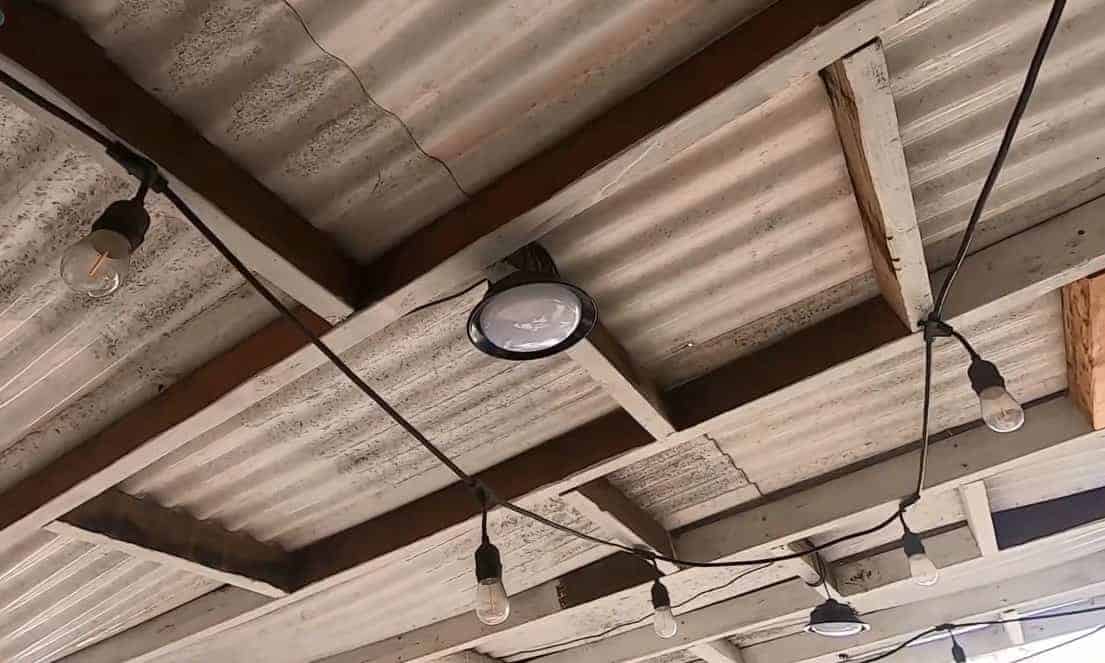
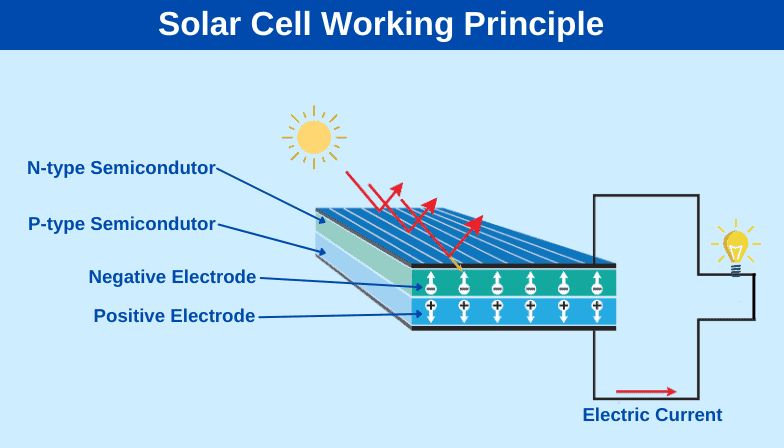
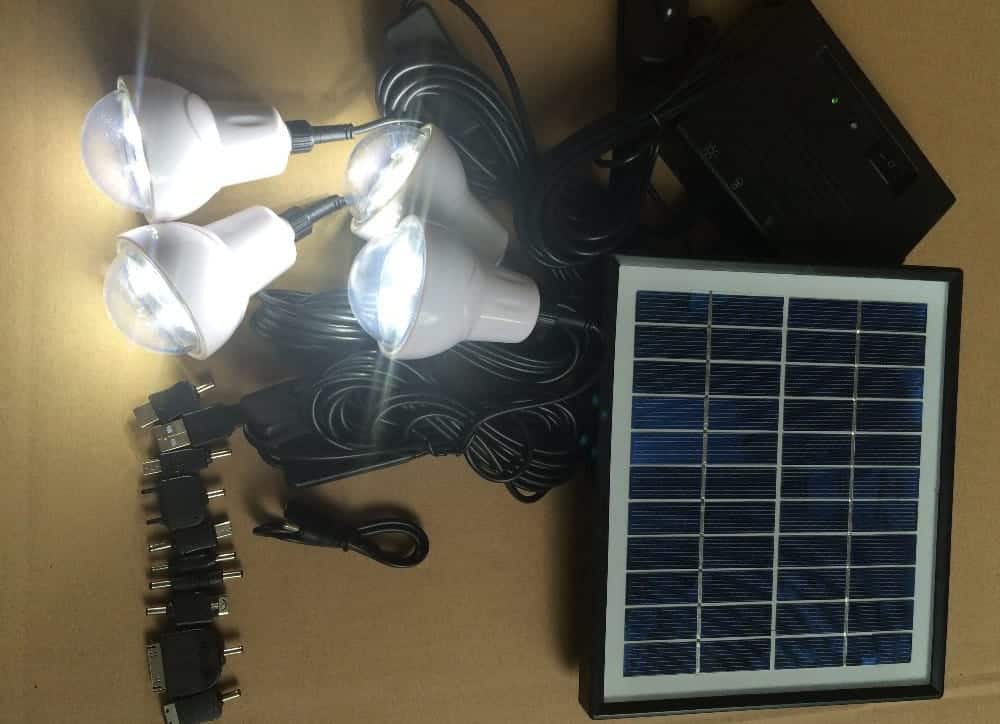
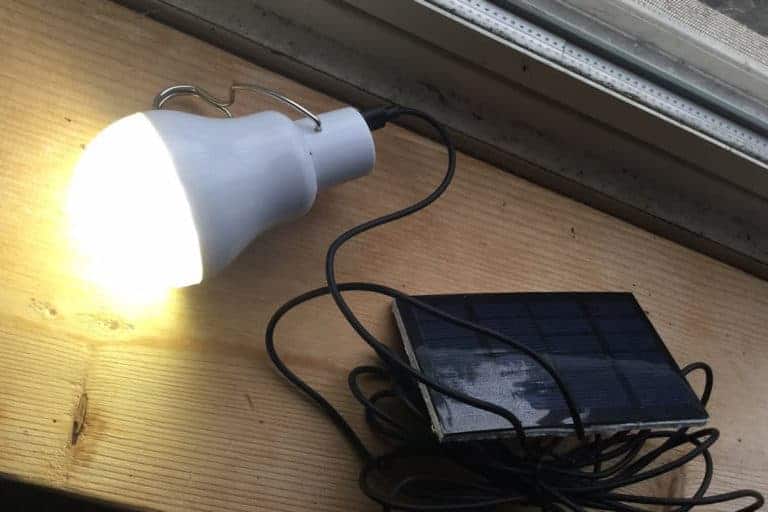
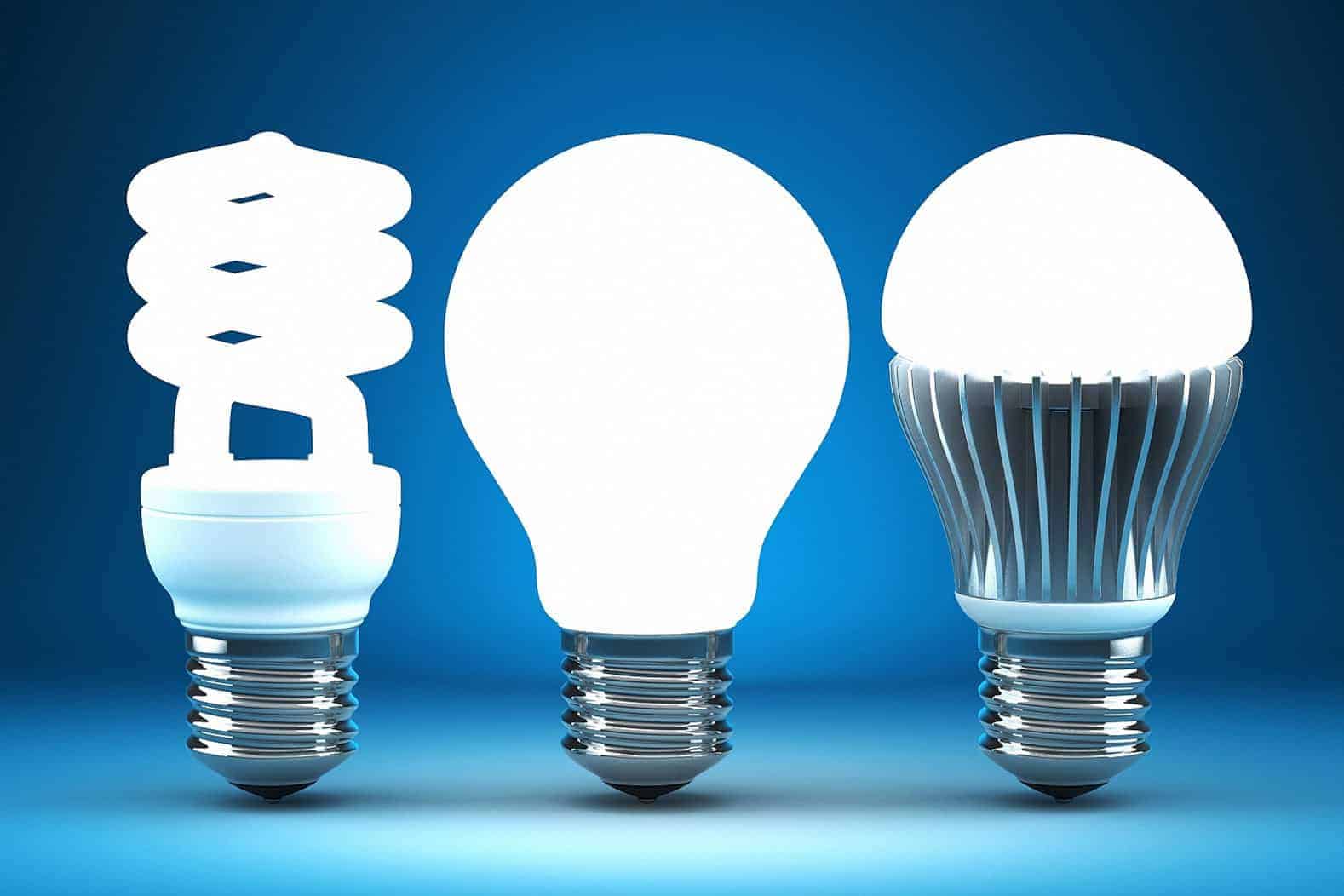
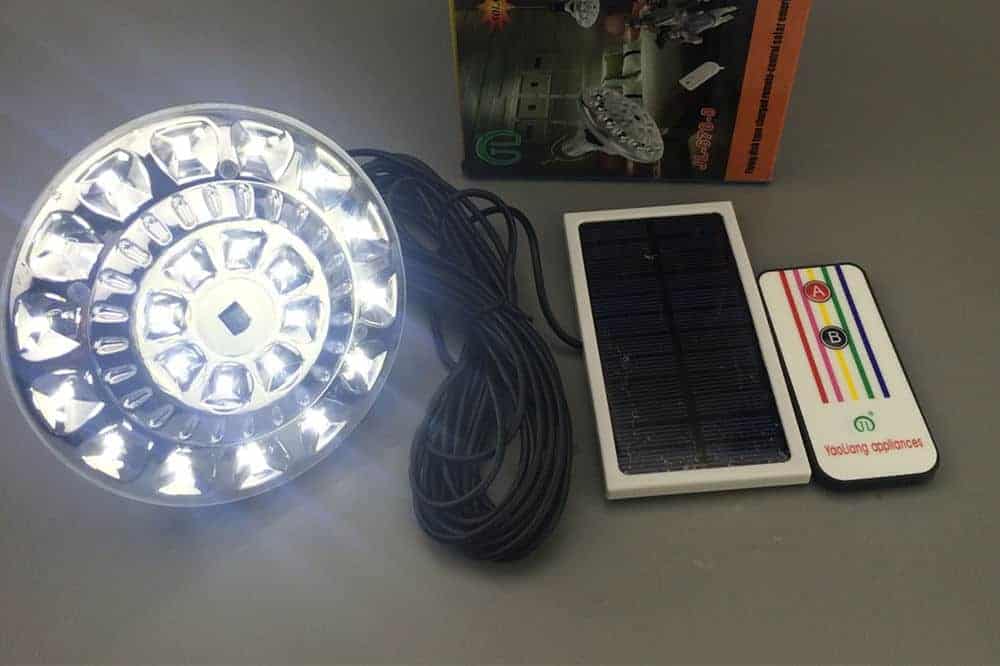
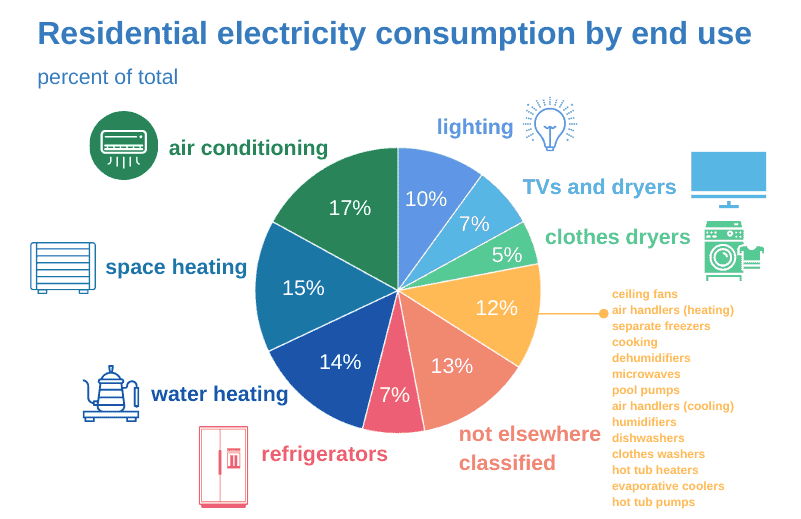
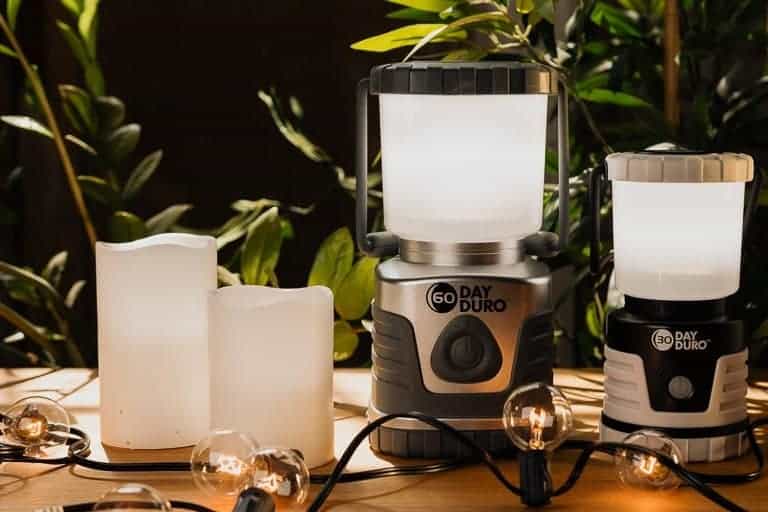
Hello I need help I don’t like using electricity very expensive how can I get strong wide lighting all night and free the problem bedrooms are pitch black and hate it been in the dark any chance to see demonstration how to get the best strong lighting for indoors all night corr